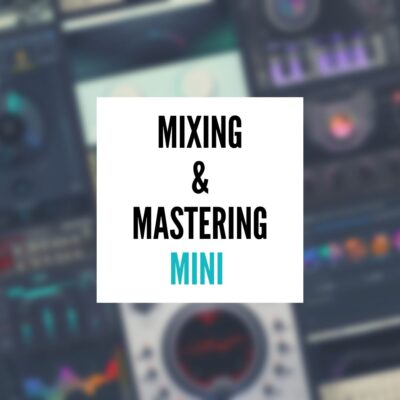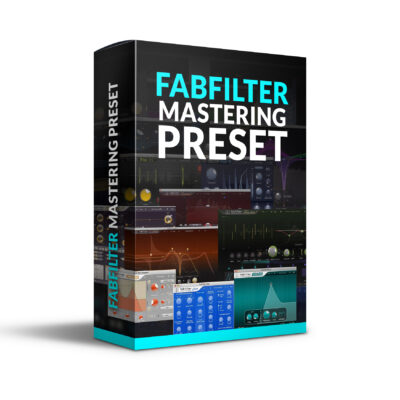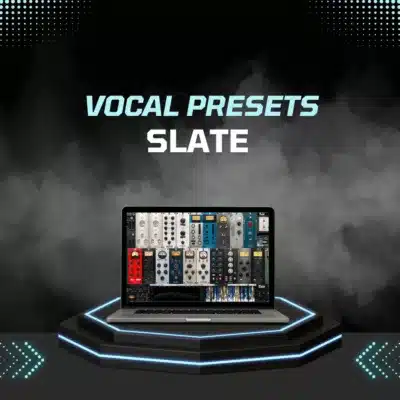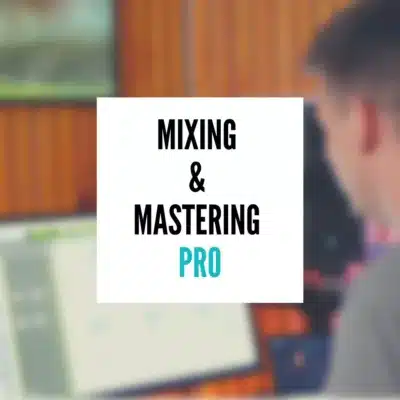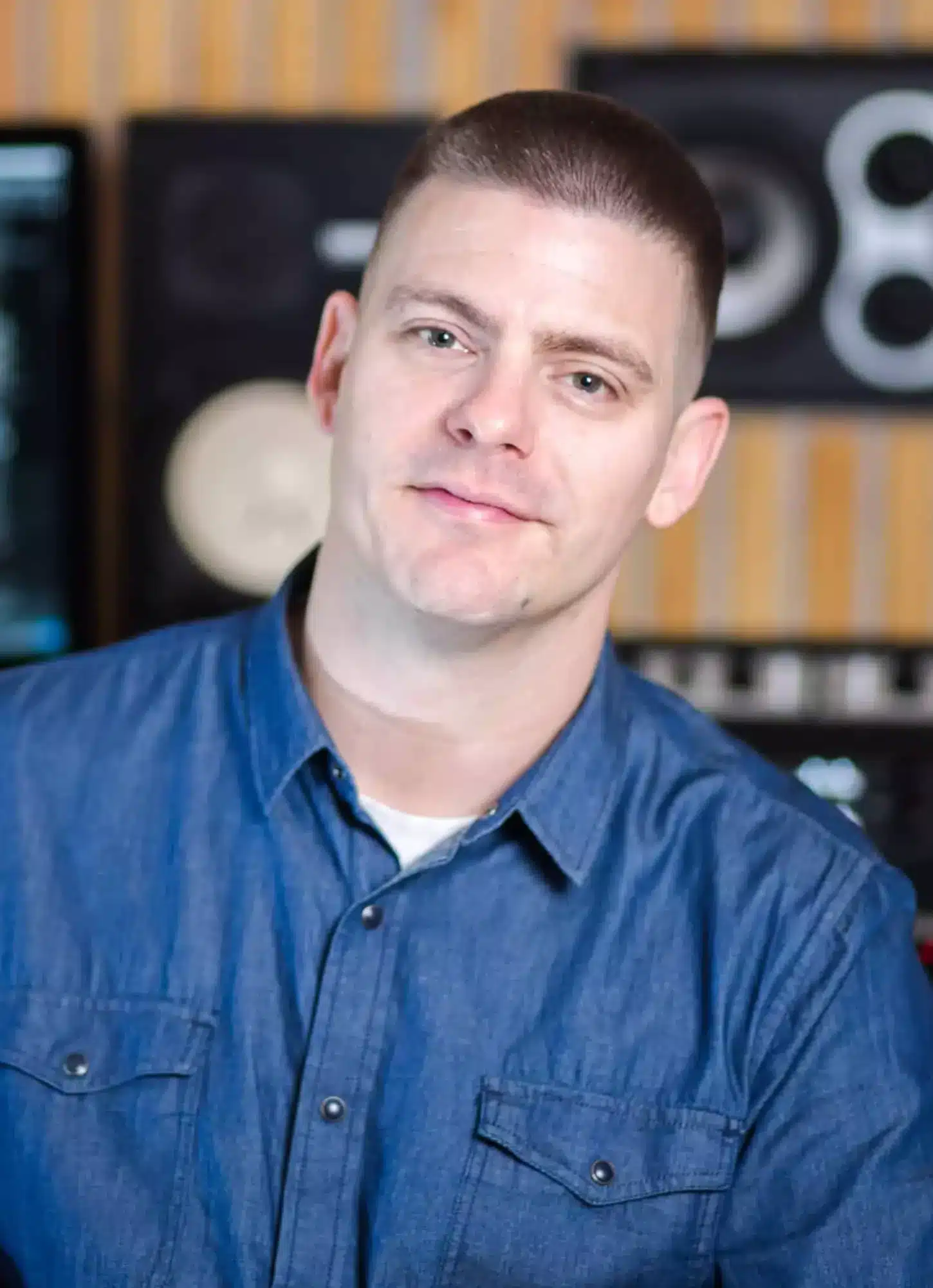Introduction
After over 15 years of mixing records for artists across genres—from major label pop to gritty independent hip-hop—I can tell you this: the flashiest plugins won’t save a mix that doesn’t feel right. And if you’re wondering how to make your mix sound professional, it starts with two things that often get overlooked: volume and panning.
These may not be the most exciting tools in your DAW, but they’re the foundation of every professional mix I’ve delivered. When you get the levels balanced and the stereo image dialed in, the whole track opens up. You start hearing space, emotion, and clarity—before you’ve even touched an EQ or a compressor.
It’s easy to get distracted by gear. New tools promise that “radio-ready” sound in a click or two. But mixing isn’t about hype—it’s about hearing. What’s working? What’s fighting for space? What needs to move or come down a notch? These questions are where the real work happens.
So before diving into the deeper parts of your signal chain, let’s zoom in on the two most important ingredients of a great mix: volume and panning.

Why Volume is Everything
When I first open up a session, I don’t reach for an EQ or a plugin—I reach for the faders. That’s because volume balance is the foundation of a mix. If something’s too loud or buried, it doesn’t matter how well it’s EQ’d—it’s not going to sit right.
In fact, I’d argue that around 70% of a good mix happens during what we call a “static mix”—just leveling the tracks with no processing at all. I’ve worked on songs where, once the faders were in the right place, the track already felt tight, energetic, and emotionally connected. That’s the power of balance.
Volume isn’t just about loud and soft. It’s about prioritization—deciding what the listener should feel first. Is it the vocal? The kick? A guitar riff? These choices shape the energy and intention of the song. When you get this part right, everything else becomes easier. Your EQs will work better. Your compressors will behave more musically. And the mix will start to breathe.
Before you chase tone, chase balance. You might be surprised how far that alone will take you.
Don’t Get Distracted by Plugins
I get it—plugins are fun. I’ve tested just about every one out there, and some of them genuinely bring something special to the table. But here’s the truth: if your levels and panning aren’t right, no plugin is going to fix your mix.
It’s easy to fall into the trap of thinking the next tool will magically solve everything. I’ve had clients send me sessions loaded with processing—ten plugins deep on a vocal chain—yet the core issue was the balance. Once I muted half the effects and adjusted the volume, the vocal suddenly worked.
Mixing isn’t about stacking gear; it’s about making decisions. Do I like how this sounds? Is it helping the song, or is it getting in the way? These are the kinds of questions I ask constantly when I’m mixing—not “what plugin should I try next?”
As someone who mixes for a living, my best mixes don’t come from chasing tricks—they come from trusting my ears and making clear, intentional choices. So if you’re ever stuck, try pulling things back. Strip it down to levels and panning, and ask yourself the only question that really matters: Does this feel right?
Final Thoughts
When people ask me what makes a mix sound professional, they usually expect a plugin recommendation or some secret trick. But more often than not, I point them back to the basics: volume and panning. These two tools have shaped every mix I’ve done—whether it was for an indie artist recording in their bedroom or a major label client with a big production budget.
If your mix feels muddy, crowded, or flat, don’t overthink it. Take a moment. Pull back the plugins. Rebalance your levels. Reimagine the stereo space. The clarity and energy you’re chasing might already be in the session—it’s just hiding behind overprocessing or a lack of focus.
At the end of the day, mixing is about decisions. And your first decisions should always be: Is the volume right? Is everything sitting where it belongs in the stereo field? Nail those two things, and the rest of the mix starts falling into place.
About the Author
Matty Harris is a professional mixing and mastering engineer based in Los Angeles with over 15 years of experience. He’s worked with major artists like Kelly Clarkson and Travis Barker, and has helped thousands of independent musicians take their songs to a professional level. When he’s not in the studio or creating content for his 40K+ YouTube followers, he’s helping artists around the world elevate their sound through his online mixing and mastering services. Learn more here.


